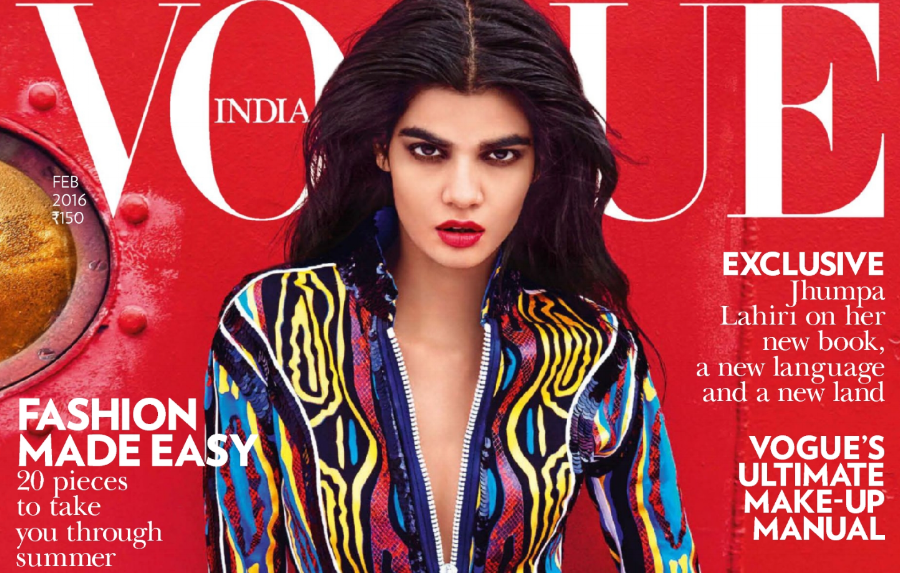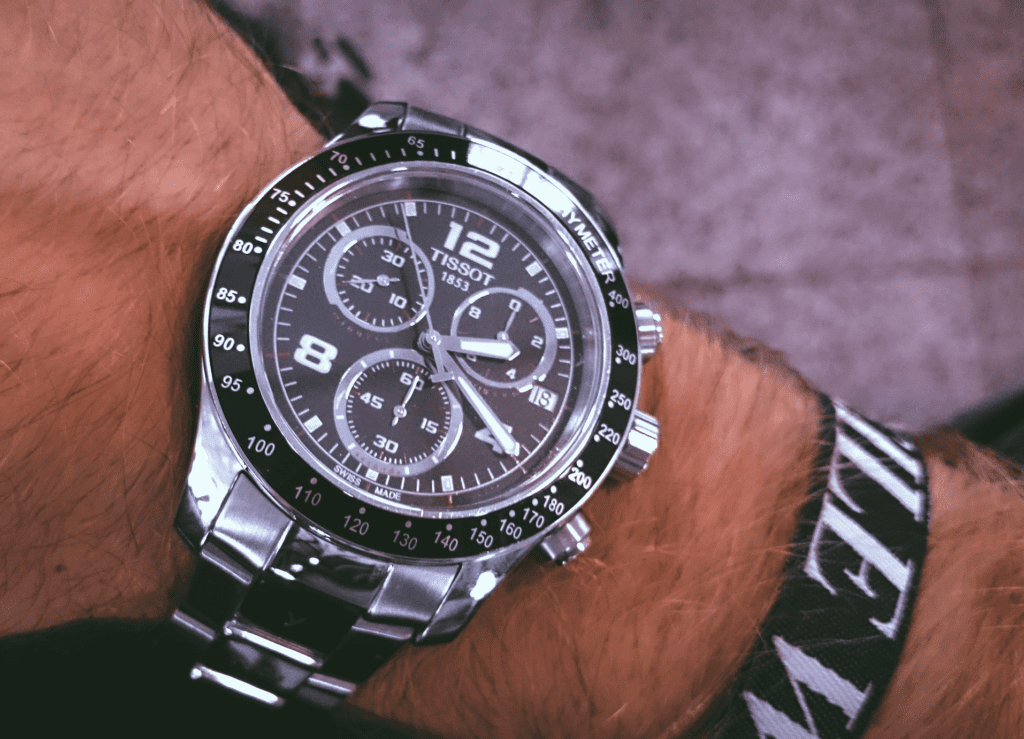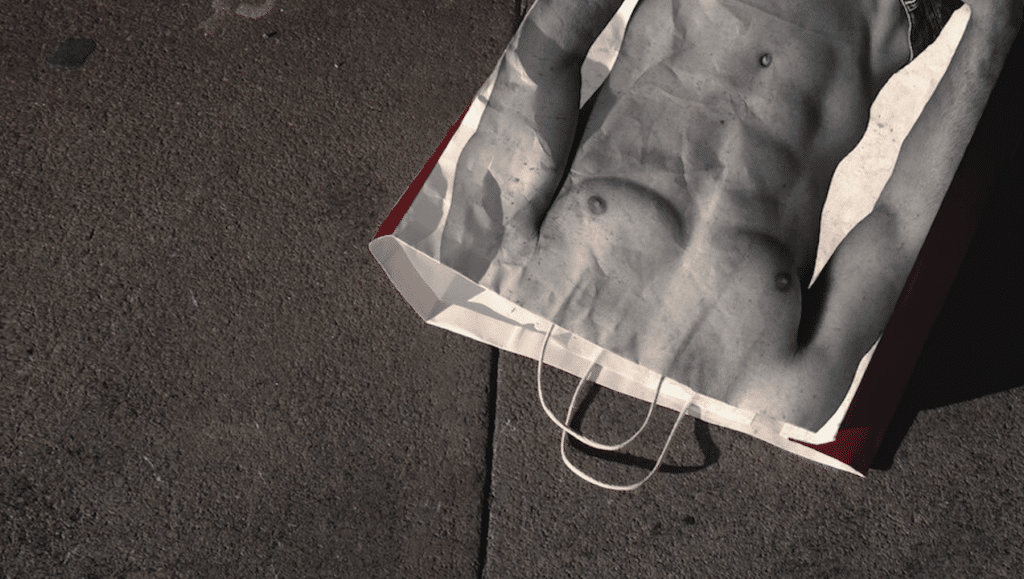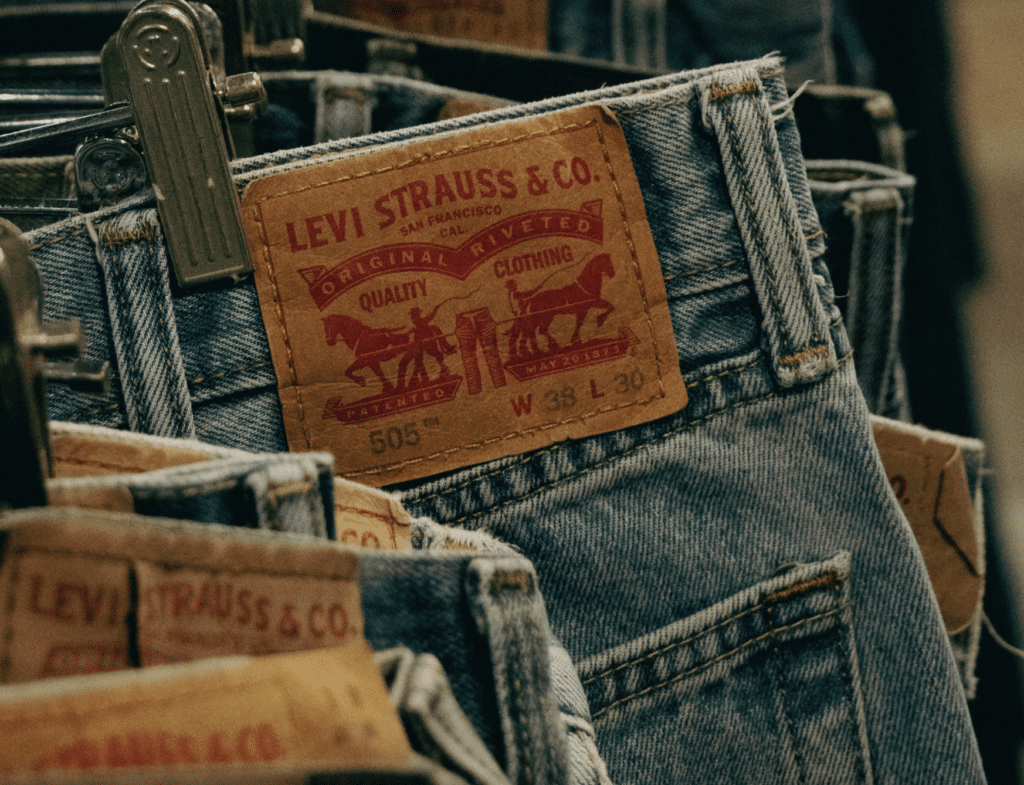
image: Vogue
Louis Vuitton, Hermès, and Gucci are just a few of luxury and fashion brands that have been re-establishing themselves in India in recent years in light of a revival of the country’s economy. Looking to pounce on the spending power of the Indian consumer, Flipkart – India’s version of Amazon, which raised $4 billion from the likes of Japan’s SoftBank, China’s Tencent and eBay and Microsoft in 2017 – has emerged as a dominant player in the online fashion retail space, thanks, in at least part, to its fashion-specific subsidiary, Myntra. And all the while, e-commerce giants like Net-a-Porter and FarFetch are actively servicing the nation.
Following years of reduced growth and a plunging Indian rupee, the economic turnaround has been met with “rising affluence and increased interest in luxury,” which is, according to the Observer, “most apparent within the country’s own burgeoning fashion industry, with top Indian designers showcasing their collections twice a year at locally sponsored fashion weeks such as Lakme Fashion Week in Mumbai, and Amazon India Fashion Week in New Delhi.”
Add to this the average age of the consumer base – roughly sixty-five percent of India’s population is less than 35-years-old – and the Indian shopper’s growing penchant for e-commerce, and the region represents a coup for brands and retailers that have set their sights on burgeoning new markets.
India’s rising income and shifting consumption patterns are not, however, without drawbacks. For instance, with the growth of e-commerce has come a market for counterfeit and other infringing products, which, under the guise of anonymity provided by the online market interface, has been able to thrive. The sale of counterfeit goods – from luxury fashion to pharmaceutical – is a sizable business. Yes, as of last year, counterfeit goods accounted for almost 10 percent of global trade, totaling $500 billion annually, according to the World Customs Organization.
As a result of the burgeoning market for fakes, brand-owners are pouring resources into the fight to protect the reputations of their brands and their sources of revenue in large part because the nature of e-commerce has made the threat of fakes more dire than ever before. In the past, the consumers who bought cheaper knockoffs were not the target clientele for the brand-owners.
However, given the rise in sophistication of e-commerce operations and the ease with which counterfeiters can recreate real brand owners’ or retailers’ e-commerce sites – often by stealing brand owners’product photos and offering products at similar price points (as opposed to grossly less expensive ones) – can pass their products off as the real thing to well-meaning consumers with increased success.
It is when the counterfeits start duping brands’ target customers into buying a fake at the cost of the original, that the pinch hits the pockets of brand-owners.
Also of significant concern for brand owners is how the influx of counterfeit goods impacts consumers’ perception of how unique or exclusive their products, and thus, their brands, are. It is this factor, even more so that the quality of their deigns, that makes their products capable of bearing expensive price tags – whether it be $100+ adidas sneakers or $2,000 Louis Vuitton bags.
Two Cases of Interest
On such case comes by of Hermès, which took Indian leather goods company, Da Milano, to court in 2013 to stop the sale of handbags that resemble Hermès’s famed Birkin Bag. The French luxury brand was granted a preliminary injunction in 2013 from the Delhi High Court, thereby preventing Da Milano from continuing the sell the bags at issue and further infringing Hermès’s intellectual property rights.
Three years later, in the interest of ending the litigation, the parties managed to settle the case out of court. While Da Milano was permitted to continue to sell some of its bags, it was prohibited from selling bags that bore “ornamental or decorative parts of Hermès’s Birkin bag, namely the horizontal belt and flap having three protruding lobes,” which is a legally-protected element of the Hermès Birkin bag.
Thereafter, Christian Louboutin filed a trademark infringement and counterfeiting lawsuit, alleging that an Indian footwear brand was selling shoes online, claiming that they were authentic Louboutin shoes, and using the “CHRISTIAN LOUBOUTIN” trademark prominently on its websites.
Louboutin, relying on European Union case law, argued that luxury goods “have an aura of luxury and prestige surrounding them differentiating them from other goods,” and therefore, “even very small changes in storage, packaging, labeling, after sale services, ware-housing, etc. [by counterfeiters], can affect the quality of the goods and consumer’s belief in them.” The Delhi High Court sided with Louboutin, holding that the brand would suffer a grave loss if an injunction was not granted.
Dangers of Counterfeiting
As Louboutin set forth in the aforementioned case, the problems associated with counterfeiting go far beyond the mere loss of sales for brand owners. According to New Dehli-based intellectual property attorney, Lucy Rana, “Counterfeit goods generally do not match the quality standard of the genuine product, are not sourced responsibly, do not undergo regulatory and/or environment compliances, and will not be covered by a manufacturer’s warranty.”
And still yet, counterfeits purchased online are particularly problematic, as “there is a high risk of exposing the personal and financial details of the buyer to online misuse,” per Rana.
As a result, both the proprietors of such luxury brands and widely recognized marks, and consumers, alike, must continue to be vigilant. For consumers, this means exercising greater scrutiny when shopping for luxury goods, online. Brand owners, on the other hand, need to be prompt in defending their brands in Indian markets. The good news for everyone: Courts seems to understand, maybe more than ever, the need to protect well-known trademarks and luxury marks.











